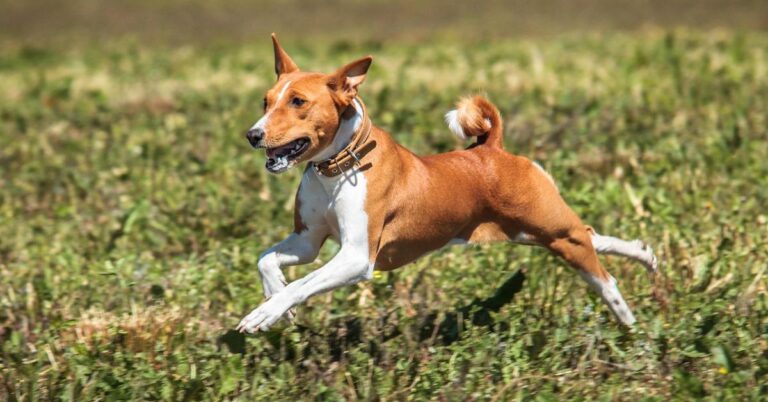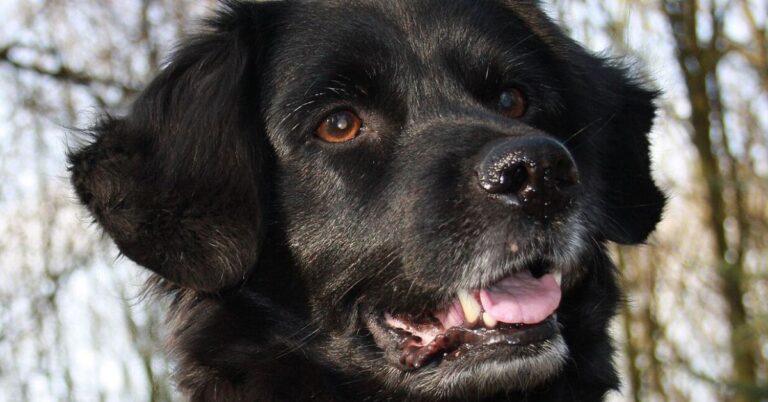20 Fascinating Facts About the Extinct Woolly Dog
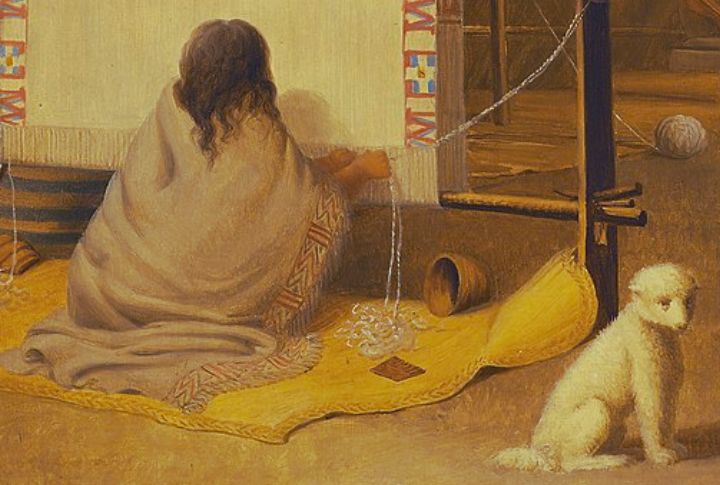
Imagine a dog whose fluffy coat was so treasured, it became the cornerstone of an entire culture’s textile tradition. Meet the Woolly Dog, a breed from the Pacific Northwest that played an astonishing role in history. We look at 20 riveting facts about this remarkable animal that vanished into extinction.
A Woolly Wonder
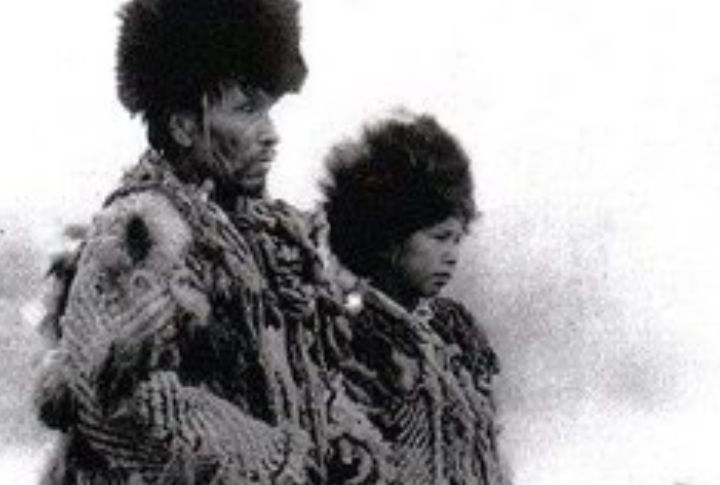
Think your dog sheds a lot? The Woolly Dog’s coat wasn’t just thick—it was ideal for spinning yarn. Indigenous Coast Salish peoples bred these dogs for their fine, soft fur, making them one of the few known domesticated animals used exclusively for fiber production.
Treasured Beyond Fur
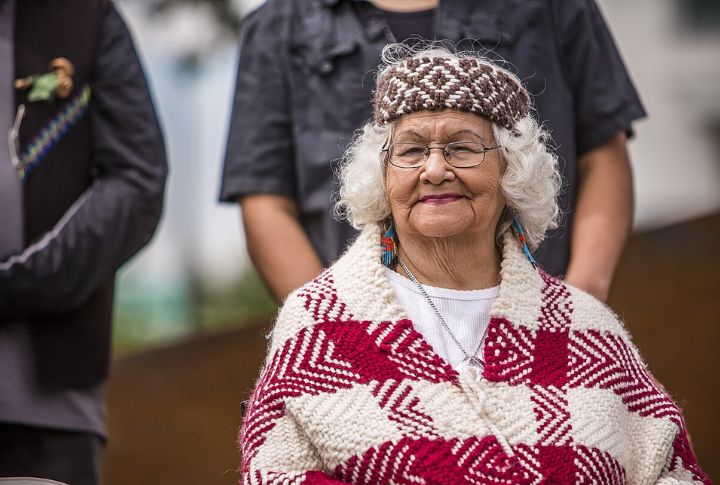
The Woolly Dog’s importance wasn’t just practical. Its fur was woven into intricate ceremonial blankets, symbols of wealth and status in Coast Salish society. These textiles were often gifted during potlatches, making the dog a central figure in both their economy and tradition.
Protected For Perfection
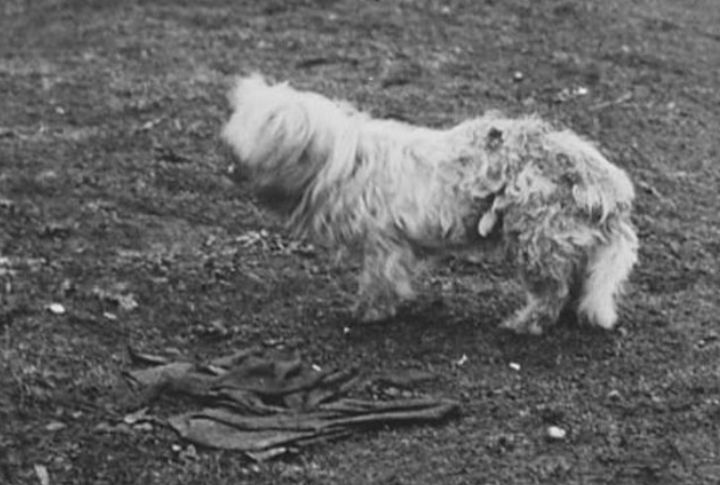
To preserve their woolly coats, these dogs were carefully isolated from short-haired dogs. Some were even kept on small islands or penned separately. This meticulous approach ensured their distinctive traits remained pure—lasting proof of the ingenuity of their caretakers.
A Shearing Tradition
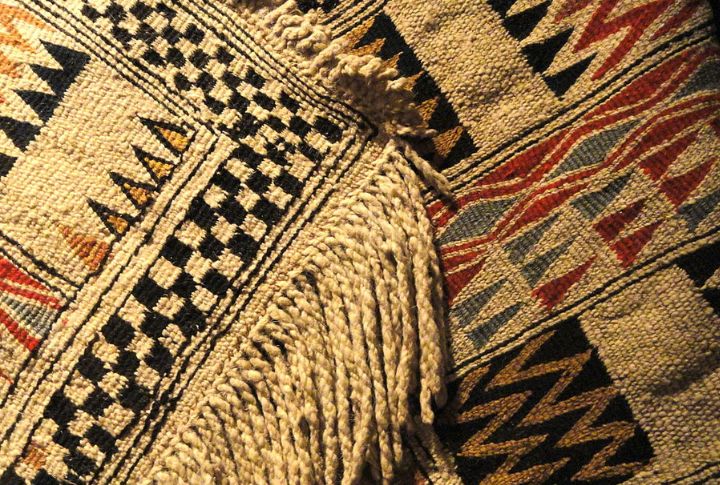
Every summer, Woolly Dogs were shorn much like sheep. Families gathered to shear their prized companions, treating the process as both a practical task and a communal ritual. The resulting wool, cleaned and spun, became the foundation for vibrant textiles.
The Decline Of Dog Wool
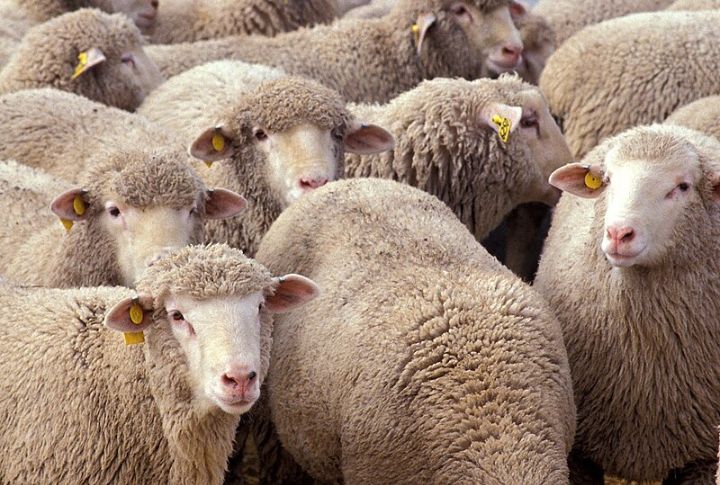
The arrival of sheep in the 19th century marked a turning point. With sheep’s wool and industrial fabrics becoming widespread, the reliance on dog wool dwindled. The Woolly Dog’s purpose faded, and with it, its prominence in daily life.
A Lost Breed
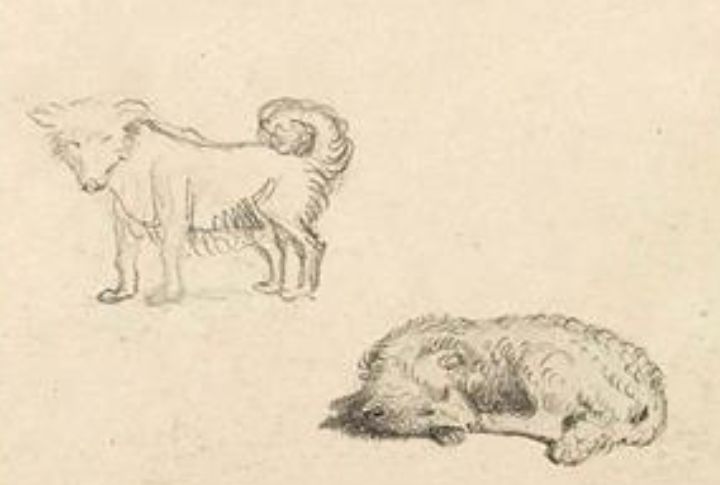
By the early 1900s, the Woolly Dog had disappeared. Interbreeding with European dogs diluted their unique characteristics, while traditional practices declined. Their extinction marked a deep cultural shift that went beyond just the loss of a breed.
Weaving A Legacy
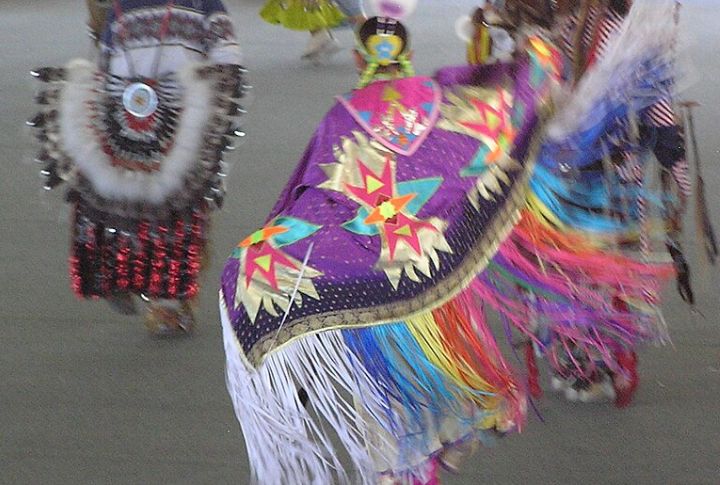
Artifacts made from Woolly Dog wool, like blankets and ceremonial garments, still exist today. Preserved in museums, they offer a glimpse into the heritage and artistry of the Coast Salish peoples, showcasing the enduring influence of these remarkable dogs.
Small Yet Mighty
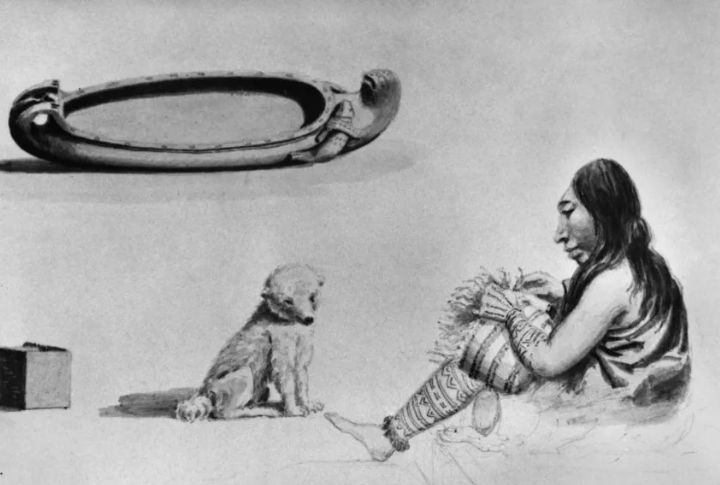
Archaeological studies suggest that Woolly Dogs were compact, with an average size comparable to that of a medium-sized dog. Their size, combined with their thick fur, made them perfectly suited for life alongside indigenous communities who relied on their wool.
Cultural Icons
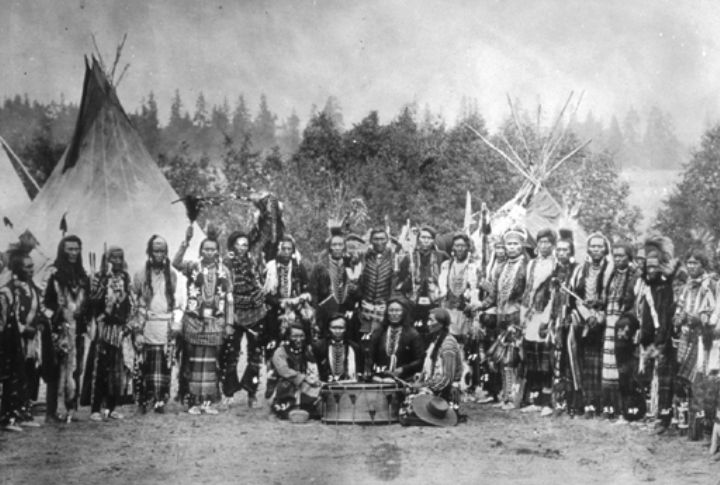
The Woolly Dog wasn’t just a working animal; it was a cultural symbol. Blankets woven from their fur were often used in spiritual ceremonies and as prized gifts. These dogs embodied the interconnectedness of nature and tradition.
Stories That Endure
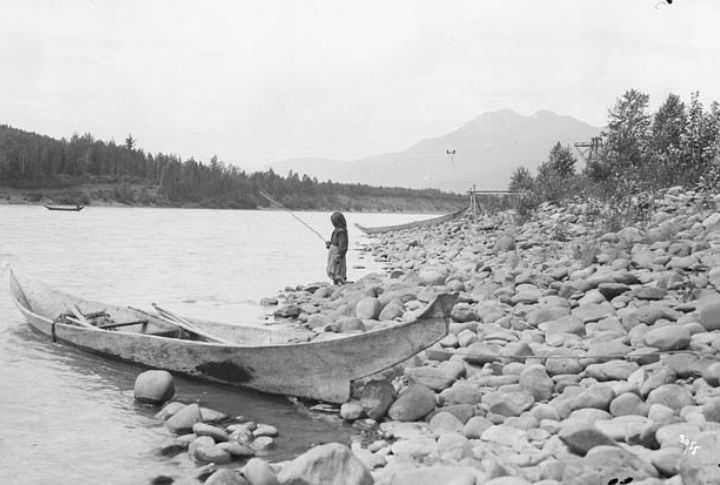
Elders from Coast Salish communities recount tales of the Woolly Dog, preserving its memory through oral tradition. These stories celebrate the dog’s role as a trusted companion, a resource, and a spiritual presence.
Spotted By Explorers
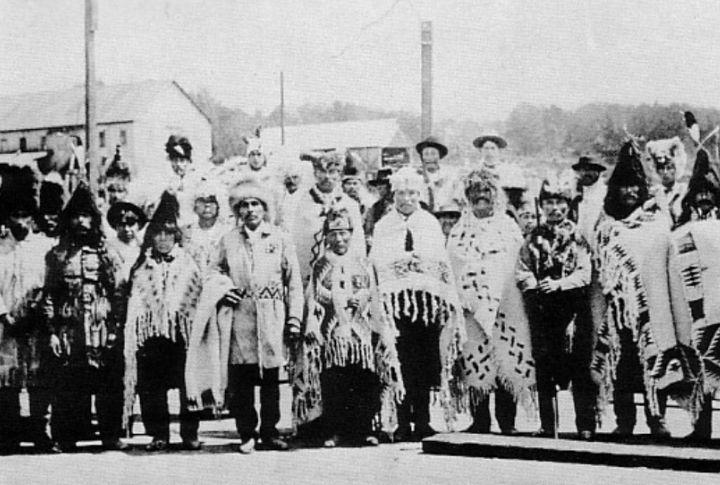
When early European explorers encountered the Coast Salish peoples, they noted these woolly canines with fascination. Their accounts, which include sketches and written descriptions, provide valuable historical records of the breed.
Rediscovered Through Science
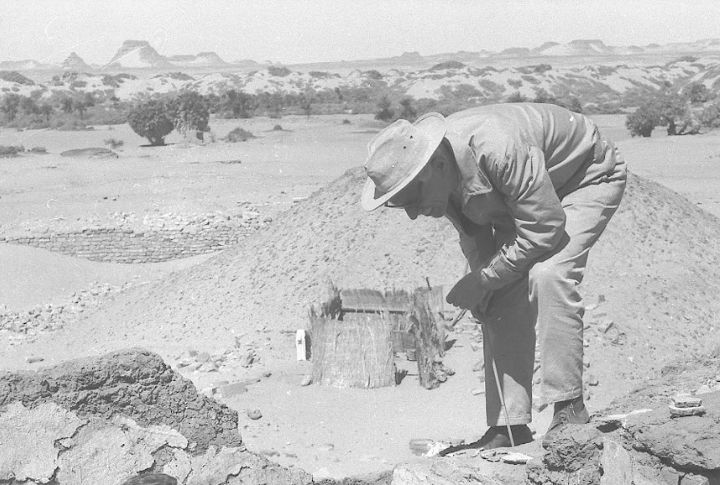
Archaeological digs have unearthed Woolly Dog remains, offering insights into their diet, size, and fur. Genetic studies have revealed traits unique to the breed, highlighting the domestication practices of the Coast Salish.
Inspired Weavers

The Woolly Dog’s fur required specialized weaving techniques. These techniques became part of a broader textile tradition, influencing the artistry of the Coast Salish. Even today, their woven blankets are revered for their craftsmanship.
Canine Caretakers

The bond between people and Woolly Dogs went beyond practicality. These dogs were carefully cared for, and fed salmon and scraps to keep them healthy and productive. Their owners recognized the value of nurturing their unique companions.
Depicted In Art

The Woolly Dog’s legacy lives on in indigenous art. From carvings to woven patterns, these representations capture the essence of a dog that was both a practical resource and a spiritual figure.
Educational Efforts
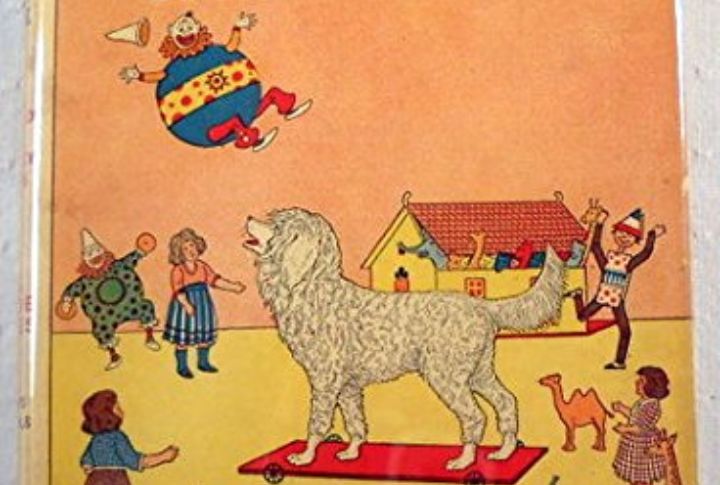
Communities and museums now work to educate others about the Woolly Dog’s history. Through exhibits and programs, they aim to preserve the memory of this one-of-a-kind breed and its cultural significance.
Could They Be Revived?

Reviving the Woolly Dog may be impossible, but their story sparks interest in conservation. It highlights how human activity shapes animal populations and underscores the importance of preserving biodiversity.
A Sobering Reminder

The extinction of the Woolly Dog serves as a cautionary tale. Cultural and environmental changes often come at a cost. Their loss reminds us of the delicate balance between nature and human innovation.
A Lesson In Harmony

The Woolly Dog symbolizes a harmonious relationship between people and animals. By remembering them, we honor the ingenuity and care of the Coast Salish, whose practices exemplify sustainable living.
Keeping The Story Alive

Though the Woolly Dog is gone, its story endures in the artifacts, traditions, and memories it left behind. By sharing their legacy, we celebrate a rare bond between humans and animals—and ensure these extraordinary dogs are never forgotten.



